(Kata is a Japanese word meaning “form.” Traditionally, it referred to a detailed choreographed pattern of martial arts movements meant to help one learn/improve through repetition. You can learn more about kata in a business sense here.)
The Agile Kata is new. The Agile mindset and Kata thinking are certainly not. They both have a decades-long proven track record. The Agile Kata brings those two schools of thought together. For many in the Agile community, the term Kata might be new, so I can’t wait to show you how you could use the Agile Kata for small improvement initiatives, large-scale Agile transformations, or as a practice to achieve Business Agility.
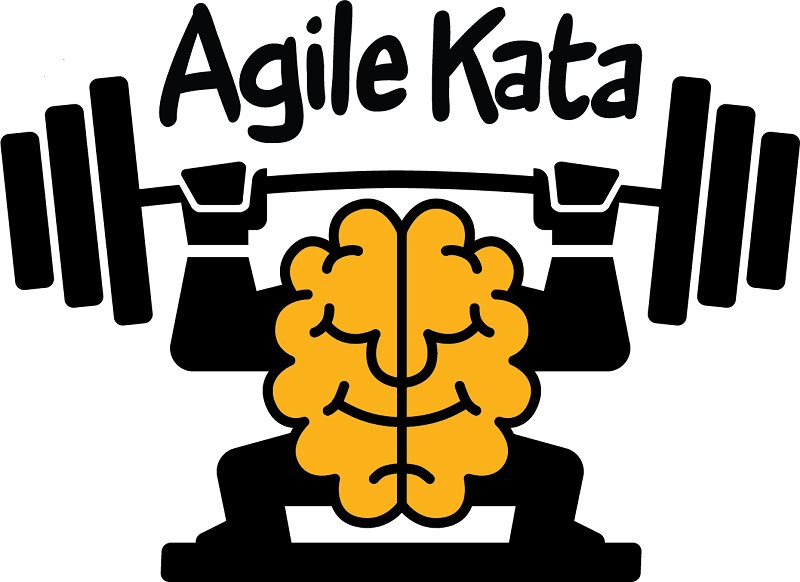
The challenges
According to a recent Business Agility Report from the Business Agility Institute, a stunning “75% of Agile transformations fail.” In the same report, they said that it would take on average two years for an organization to see the first significant benefits of Business Agility.
The long timeline combined with a high failure rate are possible reasons why many organizations face Agile transformation fatigue. Challenges and frustrations plus hefty price tags that often go along with Agile transformation efforts leave decision-makers wondering if an Agile transformation is worth it.
The answer is, of course, yes. The report stated that 25% of organizations experienced a faster time to market, 75% experienced higher employee engagement, and 92% of employees said they would recommend Agile ways of working to colleagues. And these are just three of many compelling reasons that were outlined.
The benefits of Business Agility are clear, but the process of getting there is not because we know that three out of four attempts are unsuccessful. When asked their biggest challenge, 48% of organizations stated that shifting to an Agile culture was their biggest challenge. Therefore, approaching Agile transformations with a different process that fosters an Agile culture could tremendously increase the success rate of many Agile transformations around the world.
Based on that single biggest challenge, let’s see how the Agile Kata can help positively shift the approach to a true and more successful Agile transformation.
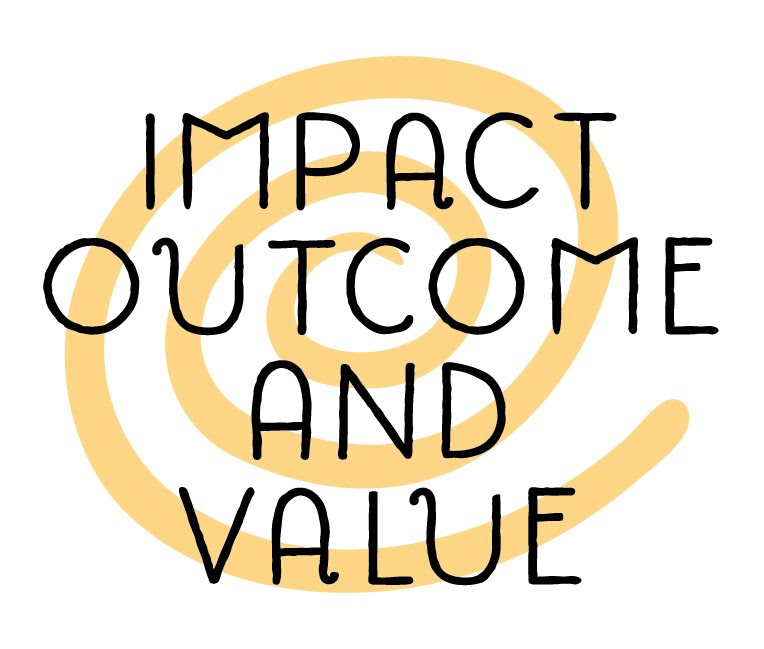
3 sources of issues
First, let’s start with the most ironic (and sad) observations of all. Many Agile transformations are conducted in a traditional waterfall style or show clear signs of gates and milestones. They are planned and executed like a project with a defined start and end date. For example, a training wave followed by a coaching wave might be combined with a large number of teams being transformed at the same time.
The end date limits the spending, which I understand, but it also creates this feeling that an Agile transformation is finished. The reality is that this should never be the case. Stopping an Agile transformation would then mean putting an end to improving Business Agility. That can’t be a good idea.
Second, how can you expect a culture to shift toward Agility if the process of transformation does not incorporate Agility? Even worse, what if leadership is only promoting Agility but not living the values, too? Trust and empowerment for autonomous teams are very limited if leaders are not immersed in the Agile culture shift.
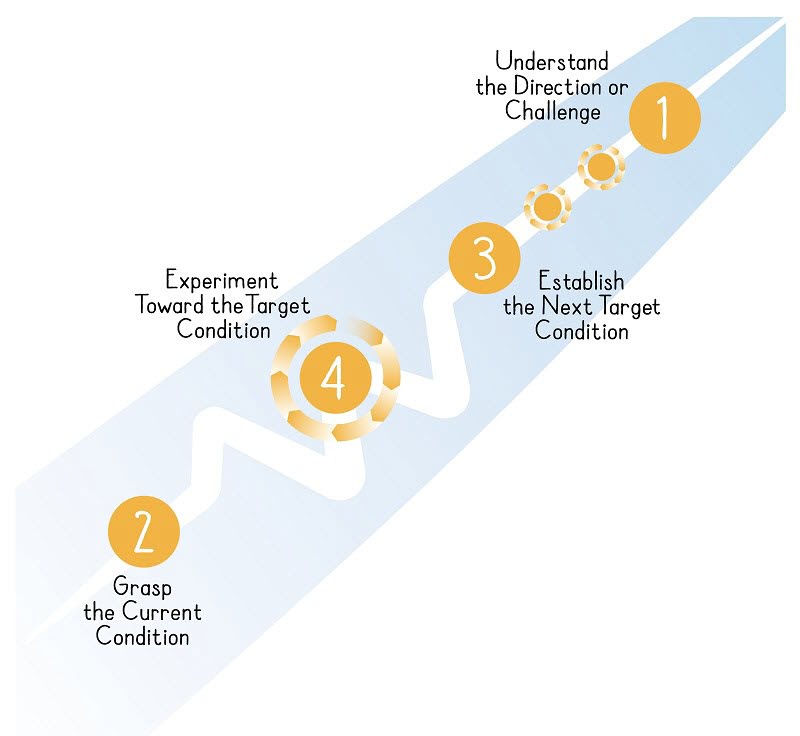
Third, we have noticed that organizations often come up with their own flavor and definition of Agile when there is already a standard definition called the Agile Manifesto. There seems to be a disconnect between the values and principles of the Agile Manifesto and the Agile transformation efforts within the organizations.
How can the Agile Kata help?
The Agile Kata:
- is an Agile approach to an Agile transformation
- nurtures and fosters an Agile culture throughout the transformation, not only as an end state.
- is continues and aligns with the values and principles of the Agile Manifesto
- deliberately measures current and target conditions of value
The Agile Kata consists of two elements. I call them the Agile Kata Core and the Agile Kata Shell.
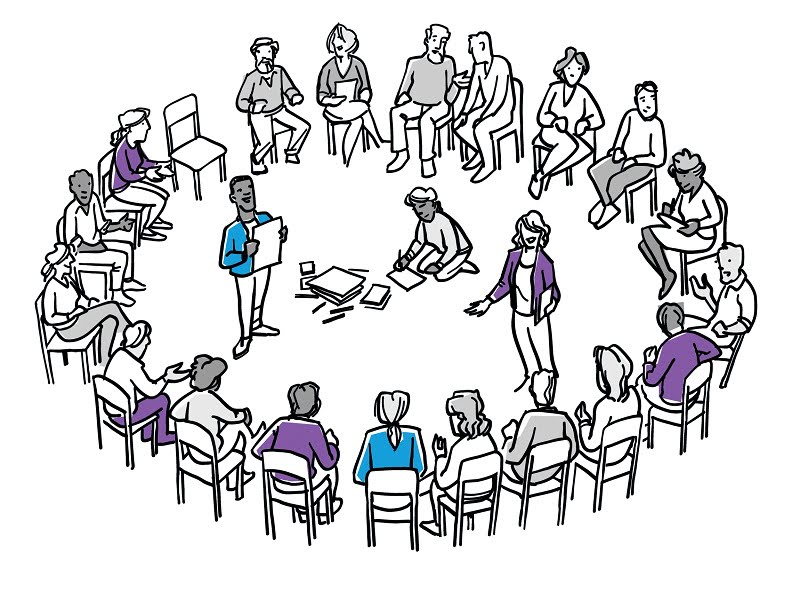 The Core
The Core
At the core of the Agile Kata is the Toyota Kata, which Mike Rother popularized by publishing a book with the same title in 2010. The Toyota Kata consists of an Improvement Kata and Coaching Kata that go hand in hand.
The Improvement Kata answers four questions, where steps 2-4 are repetitive and step 1 is refined as needed:
- What are your goals?
- Where are you now?
- What small step could you take?
- What experiments can get you there?
Steps 1-3 are planning steps, and it is these steps that make the Kata so powerful.
Do you have measurable evidence in your Agile transformation where you currently are (step 2) or where you would like to be next (step 3)?
Jumping right in and doing work without measuring will make it impossible to show evidence of improvement at a later point in time. Those steps are not intended to slow you down, but to make it clearer where you should go.
Imagine you would like to learn to play tennis (step 1) but you realize that you can’t get a single ball from 100 attempts over the net with a forehand because you have never held a racket in your life (step 2). One goal could be to get 50 balls out of 100 attempts to cross the net via forehand. But even if we achieve this small target, we are still far away from being a tennis player.
How we get 50 balls over the net is now up to our experiments (step 4). We could watch instructional YouTube videos, attend daily tennis lessons, read books, watch professional tennis players, or practice against a wall. All are viable options; however, some might be more effective than others.
The Coaching Kata goes alongside the Improvement Kata and connects the coach and learner. The two then work through the four steps and the daily coaching cycle. The coach reflects on progress with the learner and reviews the effectiveness of the experiments, along with the challenges.
This Core is the engine of the Agile Kata.
The Shell
The Shell of the Agile Kata brings the Agile culture, leadership, measurement of value, and goal-setting to the Agile Kata. When initiating an Agile transformation, the goal and direction are very much given. We would like to improve our organization by mirroring the values and principles defined in the Agile Manifesto. Maybe we can break this lofty goal into smaller steps, but there is no need to reinvent the wheel by re-defining Agile.
While executing the Agile Kata, the group and Agile coaches embrace tools and techniques that foster Agility, for example, liberating structures or by applying organizational change patterns. The experiments and results are supporting an Agile mindset. Value is now being measured without bias against the 12 principles of the Agile Manifesto.
Besides adding Agility to the Kata, the Shell also overwrites a few elements of the original Toyota Kata. For example, the coach in the Toyota Kata is a manager and the learner is a subordinate. The Agile Kata breaks this habit by using an Agile Coach and team approach instead, which enables a higher degree of autonomy, group decision-making, and self-organization.
The Shell adds the Agile culture, measurement, coaching, and leadership stance, as well as everything that comes with that.
What is next?
The beauty of the Agile Kata is that you can start with it at any time. The Agile Kata is not a start-to-finish process. It is a practice that establishes a new habit. When grasping the current condition (step 2), it does not matter if the tennis player is brand new to the sport or a professional tennis player. The Agile Kata picks it up where you are. The same is true for an Agile transformation. It does not matter if you are new to Agile or already a mature Agile organization.
In March 2022, the Agile Kata 2.0 was released under the share-alike license of Creative Commons. I invite you to try the Agile Kata and learn more about it at: www.agilekata.org. You will see that the Agile Kata can do much more than address the one example used in this blog post.
More importantly, I hope the Agile Kata will help you increase your success rate of Agile transformations and help organizations to achieve true Business Agility.
I want to use this opportunity to thank Cristian Capart, Maxence Musset, Rikard Skelander, Carlos Marin, and Michele D’Urzo for translating the Agile Kata into French, Swedish, Spanish and Italian. A big thank you also goes out to Mike Rother for publishing Toyota Kata and the Toyota Kata Practice Guide. I also want to thank the Kata community for welcoming me with open arms.
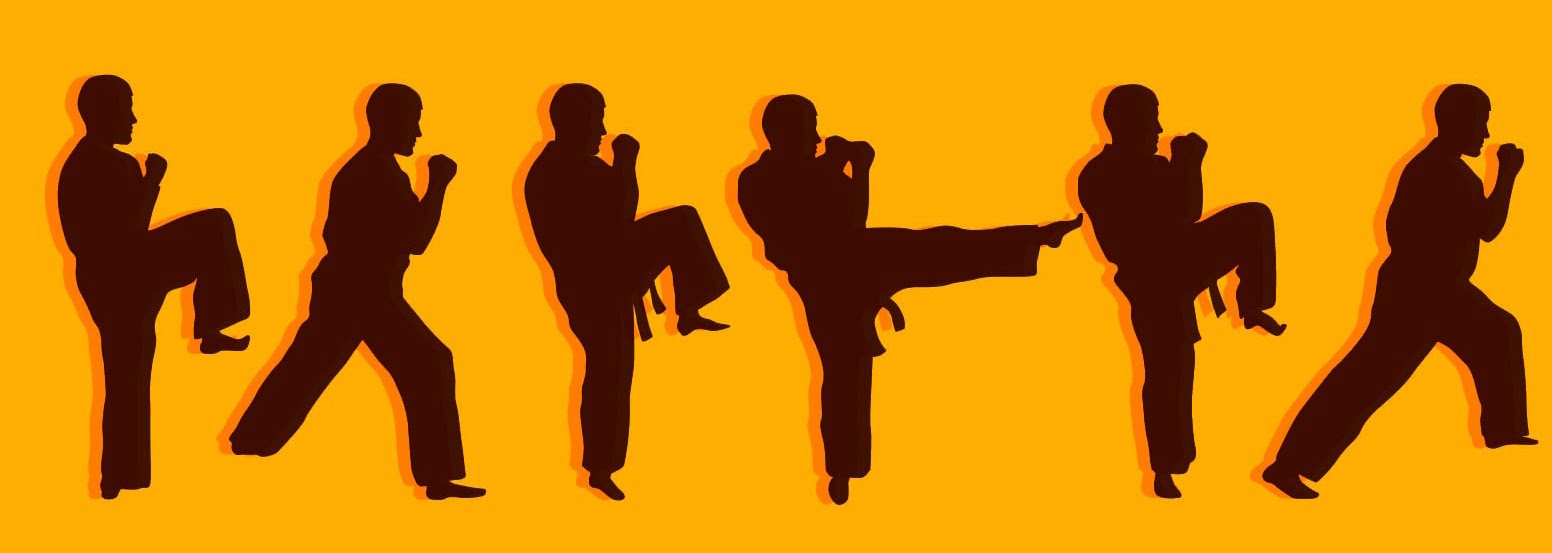


![[Case Study] From merger chaos to Agile greatness](https://www.agilealliance.org/wp-content/uploads/2025/01/chaos-to-greatness-color-150x150.jpg)



![[Case Study] From merger chaos to Agile greatness](https://www.agilealliance.org/wp-content/uploads/2025/01/chaos-to-greatness-color-300x158.jpg)

